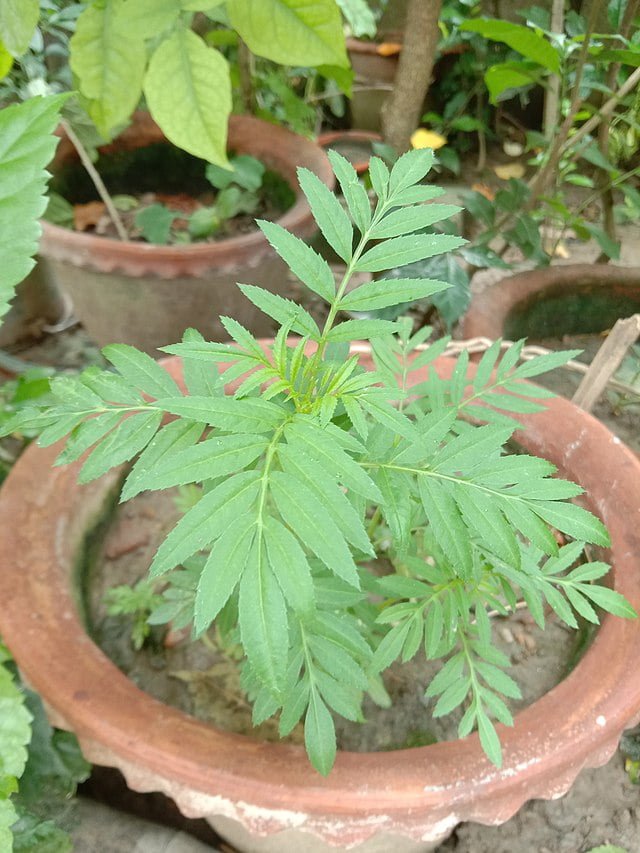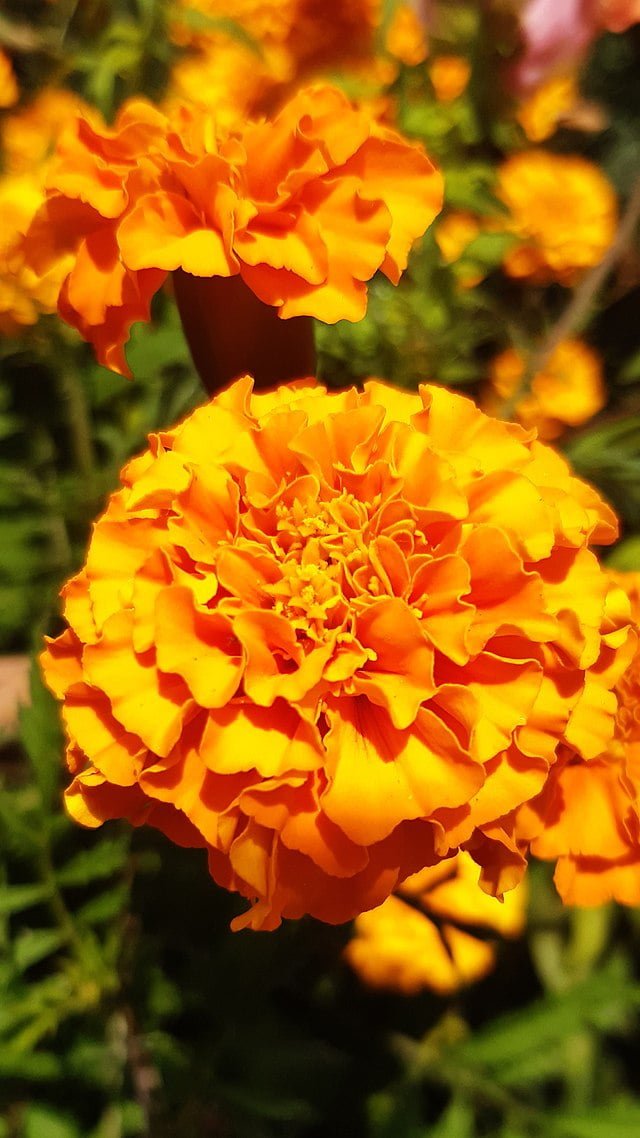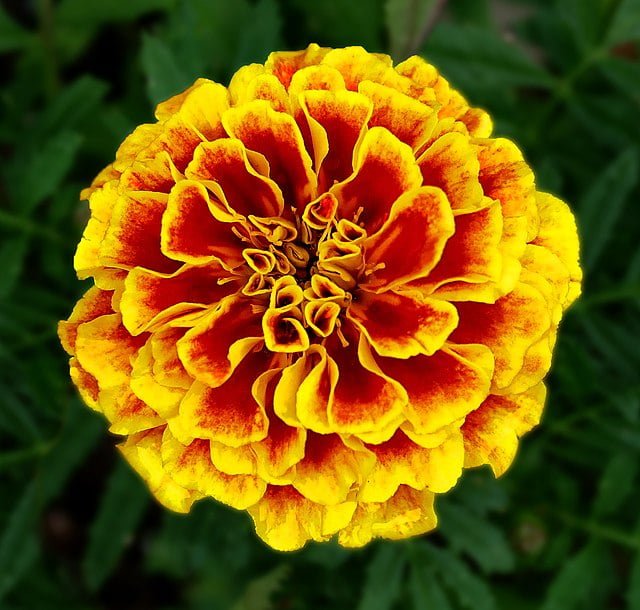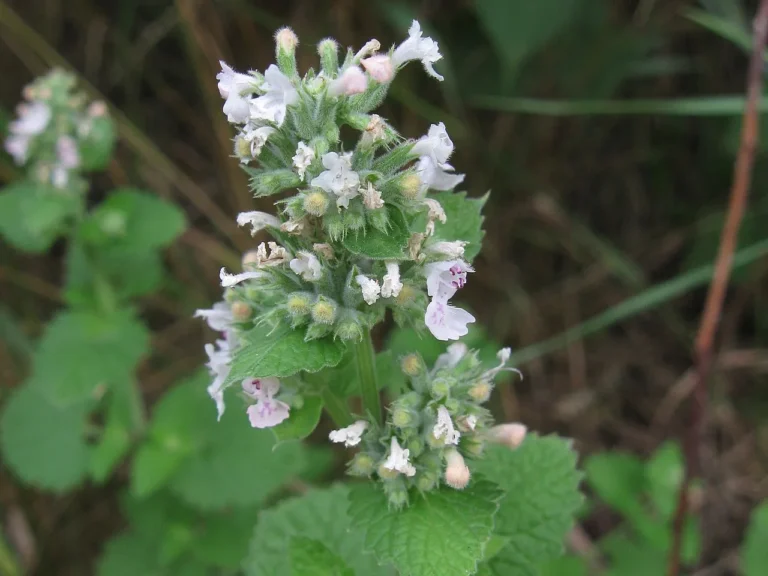Add a Dash of Gold: How to Grow Marigolds
Marigolds, with their vivid hues of yellow, orange, and red, are like the sun’s rays captured in petals, bringing light and life to gardens around the globe. Beyond their beauty, these hardy flowers are renowned for their ease of care and the multitude of benefits they offer to gardeners and their gardens alike. In this comprehensive guide, we’ll explore the ins and outs on how to grow marigolds, ensuring that even the most novice gardener can enjoy the burst of colour and life these flowers bring.
How to Grow Marigolds: An Introduction to the Sunshine Bloom

Marigolds belong to the Tagetes genus, which includes over 50 species, offering a variety of sizes, colours, and bloom patterns. They are native to the Americas but have become beloved additions to gardens worldwide. Marigolds are not just admired for their aesthetic appeal; they’re also valued for their pest-repellent properties and their use in companion planting, making them a versatile choice for both flower beds and vegetable gardens.
Selecting Your Marigolds: Understanding the Varieties

Before planting, it’s important to choose the right type of marigold for your garden:
- French Marigolds (Tagetes patula): Compact and bushy, these marigolds are perfect for borders and containers. They feature smaller blooms and a wide colour range.
- African Marigolds (Tagetes erecta): Known for their large, bold blooms, these marigolds make a dramatic statement in any garden setting.
- Signet Marigolds (Tagetes tenuifolia): With delicate, lacy foliage and dainty flowers, these marigolds are ideal for a more subtle garden look.
Planting Your Marigolds: Setting the Stage

Marigolds are incredibly forgiving, thriving in full sun and well-draining soil. They can be grown from seeds, sown directly into the garden after the last frost, or started indoors about 6-8 weeks before the last frost date. For those looking for a quicker display, nursery-grown marigold plants can be transplanted into the garden once the weather warms.
Planting Steps:
- Choose a sunny site: Marigolds love the sun, requiring at least 6 hours of direct sunlight daily.
- Prepare the soil: Loosen the soil to about 12 inches deep and mix in a layer of compost to ensure good drainage and fertility.
- Sow or transplant: Plant seeds or seedlings according to the spacing recommended for the variety, usually about 8-10 inches apart.
- Water thoroughly: Keep the soil consistently moist until the seeds germinate or the transplants are well-established.
Caring for Your Marigolds: Feeding and Watering

Marigolds are low-maintenance, making them perfect for both beginner gardeners and those looking for beautiful, fuss-free additions to their gardens.
- Watering: While drought-tolerant, marigolds do best with regular watering, especially during hot, dry periods. Aim for moist, not waterlogged, soil.
- Fertilizing: Marigolds are not heavy feeders, but a light application of a balanced fertilizer at planting and midway through the season can promote lush growth and vibrant blooms.
- Deadheading: Regularly removing spent flowers encourages more blooms and extends the flowering season.
Dealing with Pests and Diseases: Keeping Your Marigolds Healthy

Marigolds are generally pest-resistant and are often used as companion plants to deter pests in vegetable gardens. However, they can sometimes be affected by common garden pests like aphids and whiteflies. Fungal diseases can be avoided by not watering overhead and ensuring good air circulation.
Benefits of Growing Marigolds

- Pest Repellent: Marigolds are known to repel nematodes and other garden pests, making them excellent companions for vegetables and other flowers.
- Pollinator-Friendly: Their bright blooms attract bees, butterflies, and other beneficial insects, promoting a healthy and vibrant garden ecosystem.
- Edible Flowers: The petals of certain marigold varieties are edible and can be used to add colour and a spicy tang to salads and dishes.
Marigolds are more than just a pretty face in the garden; they are a symbol of joy, resilience, and versatility. Whether used as a natural pest deterrent, a companion plant, or simply for their cheerful blooms, marigolds offer something for every gardener. By following this guide, you’ll find that growing marigolds is not only easy but also immensely rewarding, adding a splash of colour and life to your garden that lasts from spring until fall.







